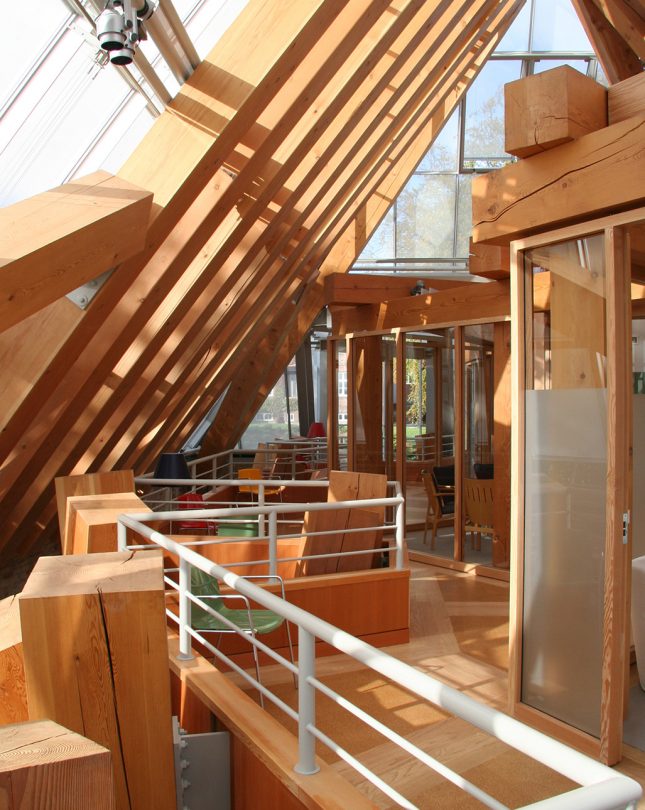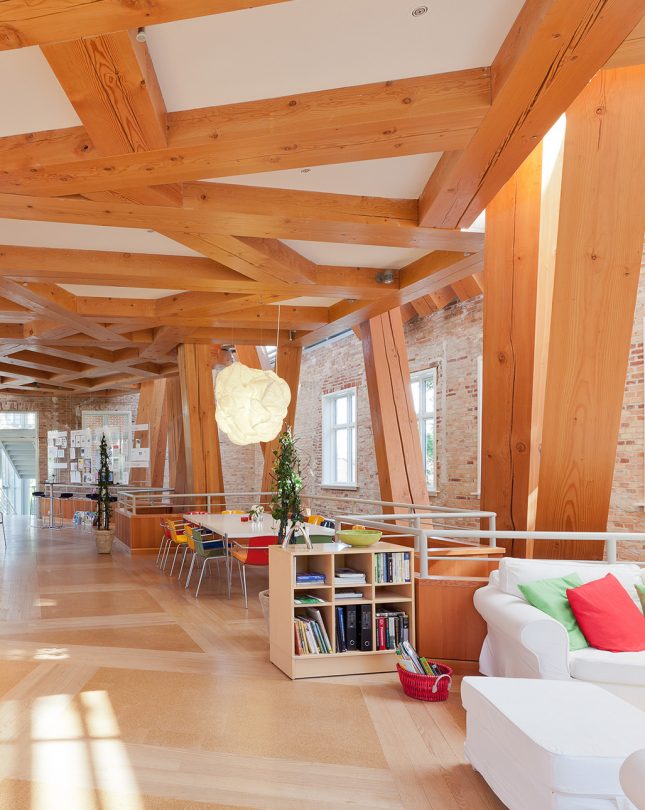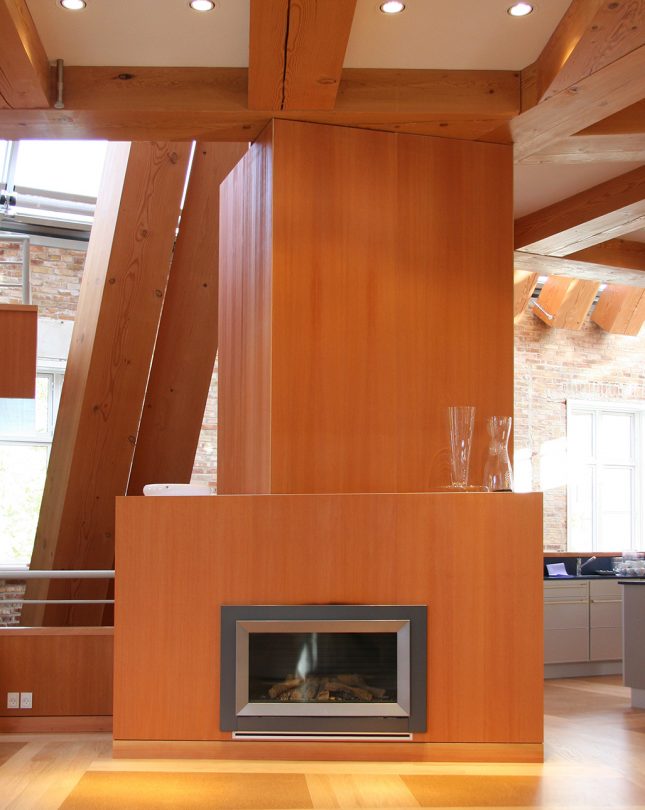Our latest news and views English
Underpinned by our Scandinavian design heritage, we bring you regular stories about architecture and interiors, exploring natural materials, acoustics, and the creation of safe and harmonious environments.
Benefiting from natural light, creating an open plan interior and harnessing the positive power of wood, Hejmdal Cancer Patients House in Aarhus, Denmark, has been a place of comfort for cancer patients and their relatives since it opened in 2009.

The Hejmdal Cancer Patients House is a 600 sqm space, located in a former concierge building of Aarhus Municipal Hospital, which dates back to 1908. It has since been transformed into a counselling centre, providing a homely retreat away from the nearby clinical facilities. The original structure was the work of Rudolf Frimodt Clausen, an architect whose professional career spanned the late nineteenth and the first half of the twentieth centuries. He worked extensively in Aarhus, a city on the east coast of Denmark’s Jutland peninsula and a place famed for its centuries old timbered houses.
LA-based architects Gehry Partners was commissioned for this renovation project, in partnership with Danish architects Cubo and landscape architect Kristine Jensens Tegnestue. The existing masonry facades of the building were kept, with two new floor levels inserted. These new floors are supported independently from the existing exterior walls, a significant structural challenge for the architects and also consulting engineers Søren Jensen. One of the other standout features of the building is the new glazed roof, which allows natural light to reach all areas of the house.
As well as glass, wood is also a prominent material for this project. While Douglas fir was used for the large, sculptural structure that supports the new floors and glass roof, Gustafs’ wood panels in a customised Oregon Pine veneer were used for the internal vertical surfaces.
Gehry was looking for a similar veneer to what he had specified for his previous masterpiece, the Walt Disney Concert Hall; a Douglas fir with a textured finish, highlighting the structure and wood grain. After experimenting with different techniques of brushing the Oregon Pine veneer, the Gustafs team found a solution that Gehry exclaimed was “spot on!”.
Wood is often the go-to choice for care environments as it is said to make people feel calmer, lowering heart rates and stress levels. According to Wood for Good, an organisation that promotes the use of timber, “A Japanese study found exposure to wooden panels significantly decreases blood pressure, while exposure to steel panels makes it rise”. It also points to another Japanese study in a care home, where wooden furniture helped to increase interaction between residents.


Hejmdal Cancer Patients House takes some inspiration from Maggie’s Centres, a UK charity which has built a number of what it calls ‘breathing spaces away from the hospital’. The organisation takes its name from Maggie Keswick Jencks, a writer, gardener and designer who was diagnosed with breast cancer in the 1990s. Together with her husband Charles Jencks, a landscape designer and architectural historian, they decided to establish a blueprint for somewhere ‘better’ for patients to go that wasn’t a hospital, but was close by, enlisting the services of architects and designers including Daniel Libeskind, Alison Brooks and Thomas Heatherwick. Every architect is given the same blueprint with a brief to create a calming, welcoming space with, in Maggie’s words, “thoughtful lighting, a view out to trees, birds and sky.”
Back in Aarhus at the Hejmdal Cancer Patients House, there is a sense of warmth throughout the open plan interior where people can take part in activities from painting to meditation to physical training or simply spend time in front of the fireplace. Cubo Architects talk of the mix of wood and glass “teasing emotions and senses and providing an artistic experience.”
This space is the Danish Cancer Society’s first new non-institutional counselling centre and offers a complete sanctuary away from the nearby clinical environment, using the warmth and calming properties of wood to focus on the users’ wellbeing.